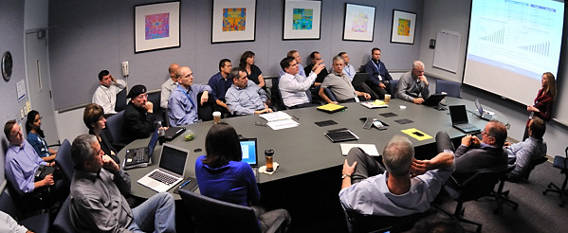
Reconnecting with a friend recently, we got to talking about business philosophies.
Soon the conversation turned to executive teams, and I asked him the question, “What’s the purpose for this team?” After a little more conversation, he recognized what I was saying and excitedly told me I had to read Patrick Lencioni’s book, The Advantage: Why Organizational Health Trumps Everything Else in Business.
I’ve read several Lencioni’s books, but hadn’t yet read this one. I downloaded a copy to my Kindle, and gave it a read.
Usually, Lencioni writes business fables. This one was straight up business advice, much of which came from his previous books. He is skilled at making the case that the soft stuff enables the hard results. I happen to agree.
The execs need to function as a team
His first big point is that you better have a well-functioning executive team. Everything flows from these folks, and if they don’t have it together, the organization is going to struggle.
The executive team’s success begins with a clear understanding of its purpose. What are they working to accomplish together? What are the members all mutually accountable for achieving?
Lencioni argues, “No one on a cohesive team can say, ‘Well, I did my job. Our failure isn’t my fault.'”
Think about it. If the goal is to grow the company, does your CIO feel as responsible for that as your SVP of Sales?
If not, why not? It’s supposed to be a team after all. A team has a common goal. Everyone should be committed to it.
Work groups are different than teams
Maybe it’s not a team, but merely a work group, a bunch of people working independently who just happen to share a common boss. One way to find out is to ask the members of this group whether they feel more committed to the department they lead (IT, Sale, Ops, etc.) or to the executive team of which they are members.
My guess is that most execs will profess more loyalty to the teams they lead. The problem is that this is where the silo problem begins, and exactly what you need to address to move your organization in a healthier, more productive direction.
Making this sort of change usually requires some outside influence. If you are interested in building a strong and unified leadership team, we should talk. I’m all about smashing silos and helping people come together.
Image credit: Intel Free Press via Flickr (cc)
